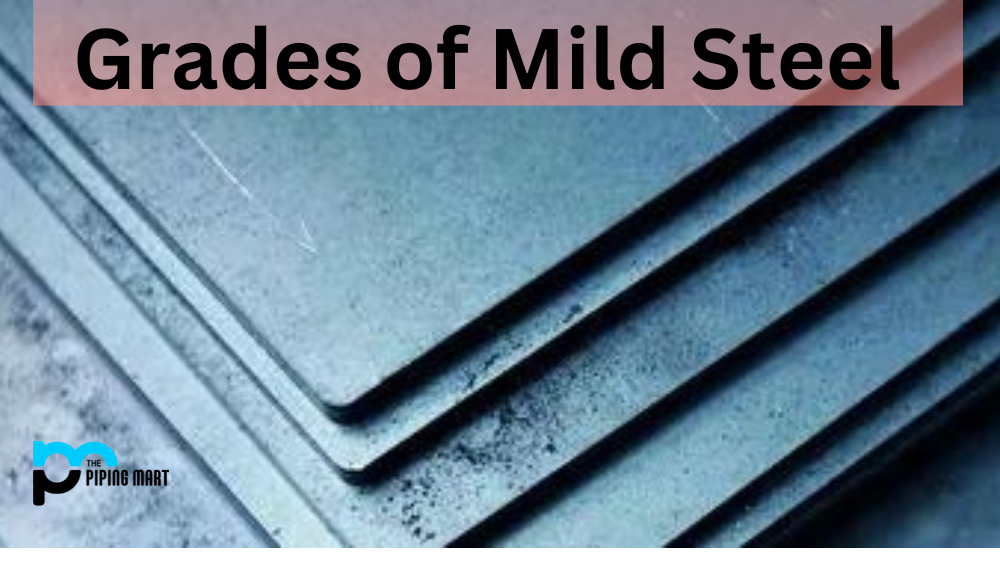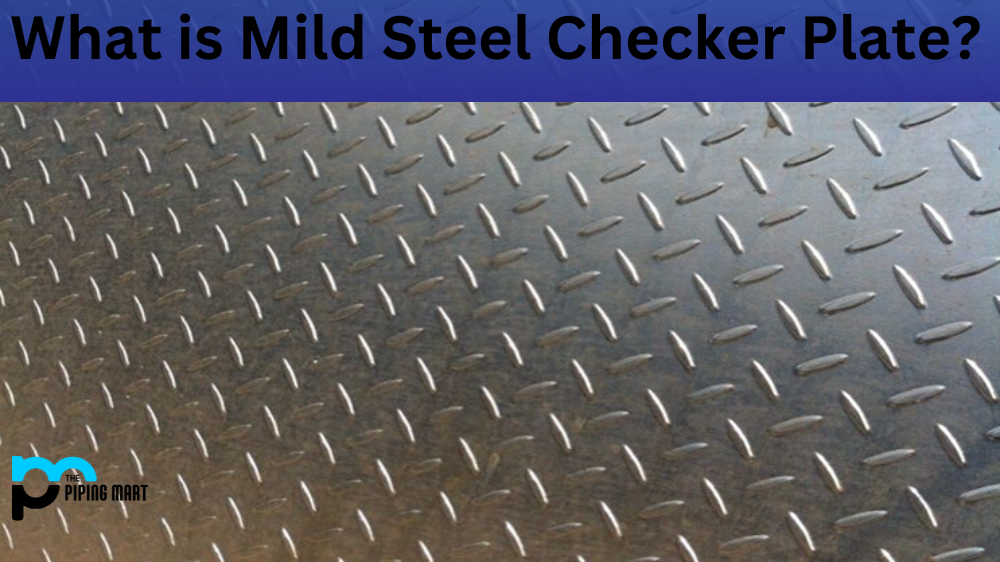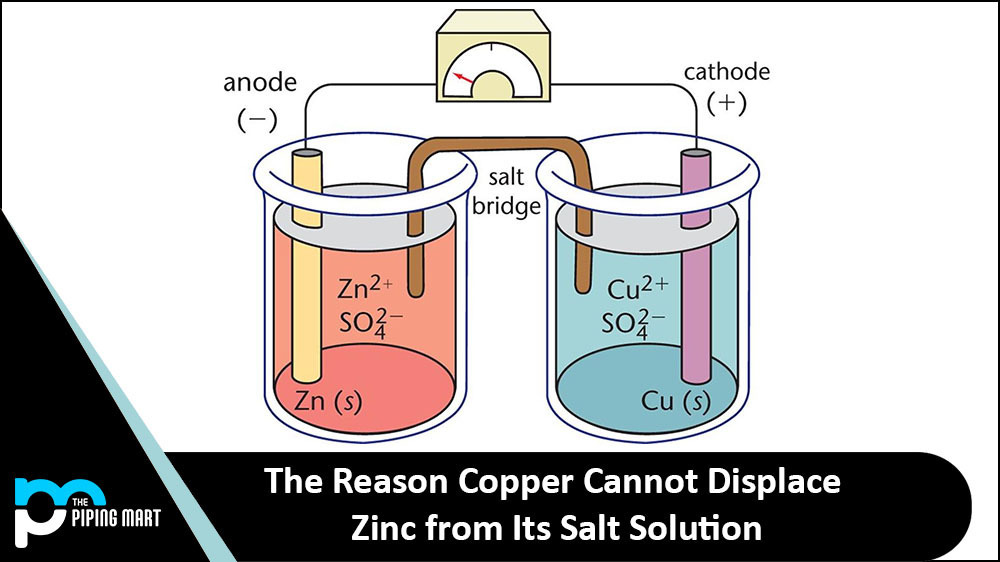Mild steel is a popular material for construction, manufacturing, and automotive parts. It’s an iron alloy that contains 0.2-0.3% carbon and is relatively inexpensive compared to other types of steel. But what exactly are the different grades of mild steel? Let’s take a look.
Mild Steel Grades
Mild steel can be divided into five grades depending on its chemical composition, mechanical properties, and tensile strength. These grades include A36, S275JR, S355JR, Q195, and Q235B. Each grade offers unique properties that make it suitable for specific applications. Here’s a quick overview:
A36 Grade –
A36 grade mild steel is the most commonly used type due to its low cost and ease of fabrication. It has excellent weldability and ductility, making it ideal for construction projects such as bridges or buildings where welding is necessary. It also boasts excellent corrosion resistance in interior and exterior environments, making it great for structural components exposed to harsh weather conditions like rain or snow.
S275JR Grade –
This mild steel grade offers a higher strength than the A36 grade without sacrificing ductility or weldability. It is often used in bridge construction projects because it is strong enough to withstand enormous loads while still being flexible enough to work with other materials like aluminum or copper alloys when welding. Its corrosion resistance properties make it ideal for outdoor structures that may be exposed to humidity or salty air from the ocean.
S355JR Grade –
This grade of mild steel provides even higher strength than S275JR, with excellent weldability characteristics and superior corrosion resistance properties in interior and exterior environments. It’s often used in high-strength applications such as crane booms and suspension systems since its tensile strength can handle heavy loads without bending or breaking under stress.
Q195 Grade –
This mild steel grade offers good formability characteristics while still providing decent strength at an economical price. Its high drawability makes it great for applications that require intricate shapes like stamped parts or deep-drawn parts such as automotive fuel tanks or car bumpers, where shape accuracy is essential. Still, strength isn’t necessarily a primary concern.
Q235B Grade –
This grade offers excellent weldability characteristics along with outstanding corrosion resistance in both interior and exterior environments, making it perfect for use in bridge construction projects where durability needs to be taken into consideration due to harsh weather conditions like heavy rain or snow falling nearby rivers or oceanside locations respectively). Its moderate hardness makes it suitable for forming complex shapes while still providing decent tensile strength at an economical price compared to other grades of mild steel available today!
Conclusion
Now that you know about the different grades of mild steel available on the market today, you can make an informed decision about which type would be best suited for your project based on your budget constraints as well as the performance requirements needed from your application! There are no limits when using this versatile material, from bridges to buildings, cars to ships! No matter what kind of project you have, if you need something strong yet affordable, mild steel should be your go-to choice! So get out there and start building today!

Pipingmart is B2B portal specializes in industrial, metal and piping products. Also, share latest information and news related to products, materials and different types grades to help business dealing in this industry.




